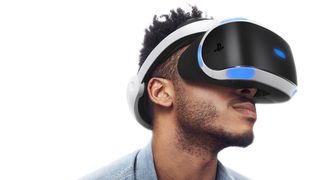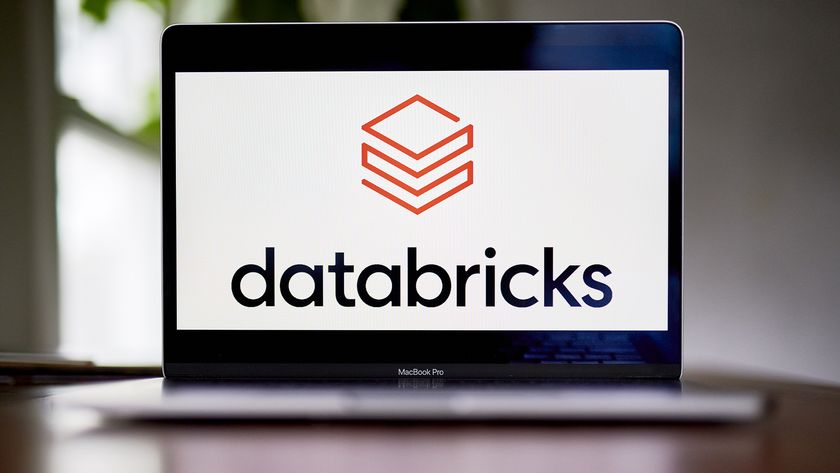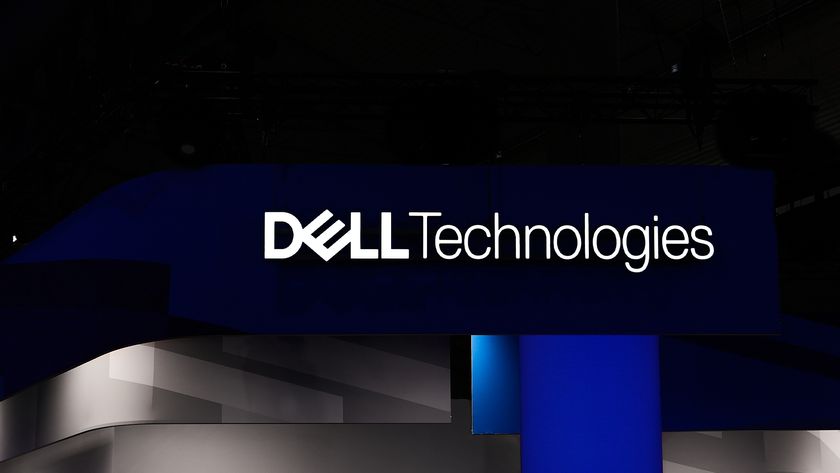Everything you need to know about PlayStation VR: An updated PlayStation VR headset is coming next week
The new headset's cables have been revamped and it'll support HDR-passthrough
Specs
PlayStation VR sports a 5.7in 1,920 x 1,080 OLED display. Since PS VR uses stereoscopic 3D using two screens with identical images for each eye - this translates into a resolution of around 960 x 1,080 per eye. The choice of OLED over LCD means that Sony's VR games will really pop, thanks to the increased colour saturation and brightness.
The head-tracking uses the PlayStation Camera, and Sony claims that it can capture the headset's position up to 1,000 times every second. This makes PlayStation VR both incredibly smooth and fantastically accurate.
Improvements have also been made to the frame and refresh rates, bringing them up to 120fps and 120hz, respectively. This is critical to comfortable VR experiences, as it makes the visuals smoother and more immersive, with a latency of less than 18ms.
Although the PlayStation 4 is currently incapable of rendering games at such a high frame rate, Sony's chief of PlayStation has stated that a software update will address this. It is also aided by a small processor unit, roughly the size of a Nintendo Wii, which connects to the PS4 in order to convert the headset's visuals for display on a standard TV.
To run PS VR you have the choice of using the original PS4, the slim, or the more powerful Pro. The extra horsepower provided by the PS4 Pro should provide a better all-round experience, including high resolution outputs during Share Play and Remote Play.
PS VR does not come with built-in audio, but you can plug headphones directly into the headset, which will then provide 3D audio. To really get the most out of the audio, we recommend using some over-ear headphones which will sit nicely over the headband.
Design
While the Oculus Rift is rather boxy-looking, PlayStation VR's headset is made of rounded, matte-finish plastic that looks sleek and professional.
Get the ITPro. daily newsletter
Sign up today and you will receive a free copy of our Focus Report 2025 - the leading guidance on AI, cybersecurity and other IT challenges as per 700+ senior executives
It has nine LEDs the standard method of positional tracking for VR which are spaced around the front, back and sides. However, rather than hiding them as some of its competitors do, Sony has opted to use the front-mounted LEDs as a design feature, dotting the visor with glowing colour segments.

The headset is secured around the back of the head with a single solid headband, but rather than being elasticated, it pulls out and expands via a push-button system.
There's also a button on the front, allowing the main visor to be moved closer or further away from the eyes. It's a useful touch, as it makes it easier for those with glasses to use the device.
However, the device also features a strange flappy rubber fringe around the outside. This is to reduce the amount of light bleed from the outside, but unlike other VR devices, it doesn't form a complete seal. We're led to believe this is a deliberate effort to counteract the motion sickness that has intermittently plagued VR.
There's no integrated audio either, but the ability to connect your own earphones or speakers means gamers can be more flexible about what level of audio quality they require.
Name
At the 2015 Tokyo Game Show, Sony finally took the lid off Project Morpheus's official name - PlayStation VR.
While 'Morpheus' was always designed to be a temporary codename, the lack of official branding had previously led some to speculate that Sony would simply continue to brand the device as Project Morpheus.
However, the new name is much more straightforward and explanatory, and will presumably make the technology much more accessible to first-time users.
Games
PS VR launched with 30 titles, but this number has been bolstered by a steady stream of triple-A and indie releases. Rhythm game Thumper and horror title Until Dawn: Rush Of Blood were early successes, with Resident Evil 7 and Star Wars: Battlefront garnering attention towards the end of the year.
The 3v3 multiplayer brawler 'Rigs' also brought eSports to the platform, allowing players to pilot huge combat mechs in a Monday Night Combat style arena.

Rigs
The UK-based studio Guerilla Cambridge has delivered something that eschews the dark brown and gunmetal grey palettes of other games, in favour of garish colours and the branded sponsorship style seen in Nascar and NFL.
Other features
VR isn't just a platform for games, however. Along with traditional games, PS VR comes with a suite of entertainment options, including a 360 degree media player that works with photos and movies. You can also make use of the Cinematic Mode to watch YouTube videos, and a number of VR-supported apps coming to the device over the next few months, such as Hulu.
Review
If you're looking for a full PlayStation VR review, head over to our sister site Alphr, who called it "quite easily the most compelling and exciting games product on the market right now".
Images courtesy of Sony Computer Entertainment Europe
This article was originally published on 09/06/15 and has been updated multiple times (most recently on 05/12/2016)
- 1
- 2

Clare is the founder of Blue Cactus Digital, a digital marketing company that helps ethical and sustainability-focused businesses grow their customer base.
Prior to becoming a marketer, Clare was a journalist, working at a range of mobile device-focused outlets including Know Your Mobile before moving into freelance life.
As a freelance writer, she drew on her expertise in mobility to write features and guides for ITPro, as well as regularly writing news stories on a wide range of topics.

Databricks and Anthropic are teaming up on agentic AI development – here’s what it means for customers

Scale of Dell job cuts laid bare as firm sheds 10% of staff in a year

Employees want purpose, and they’re willing to quit to find it – upskilling, career growth, and work-life balance have shifted priorities for workers













